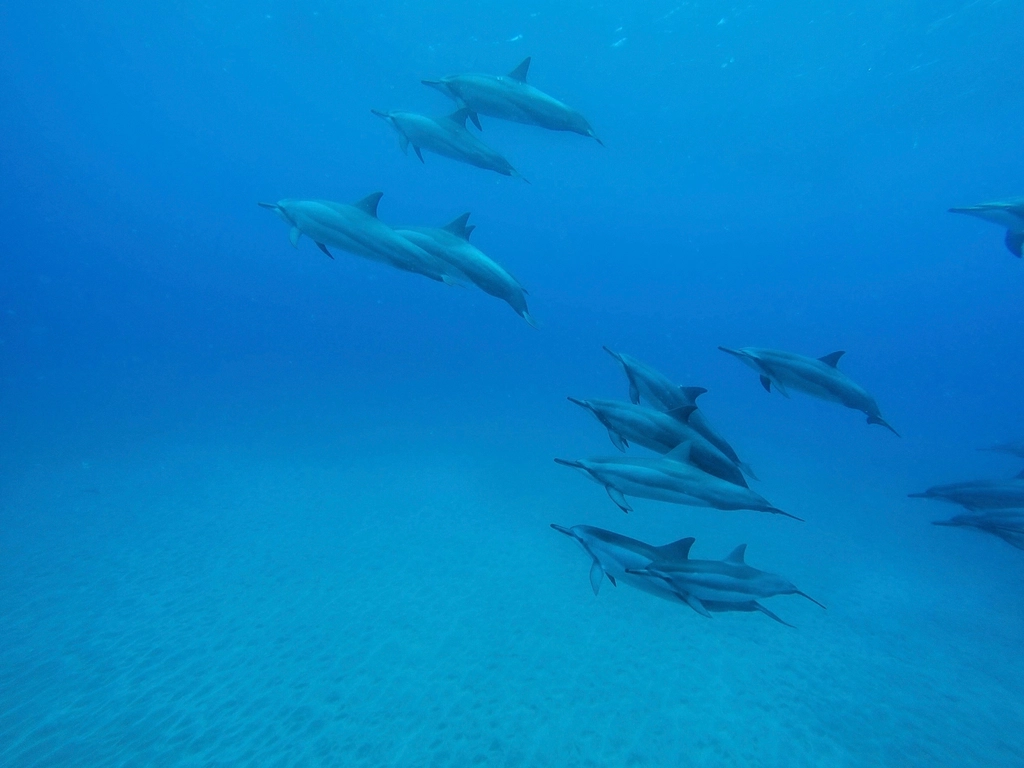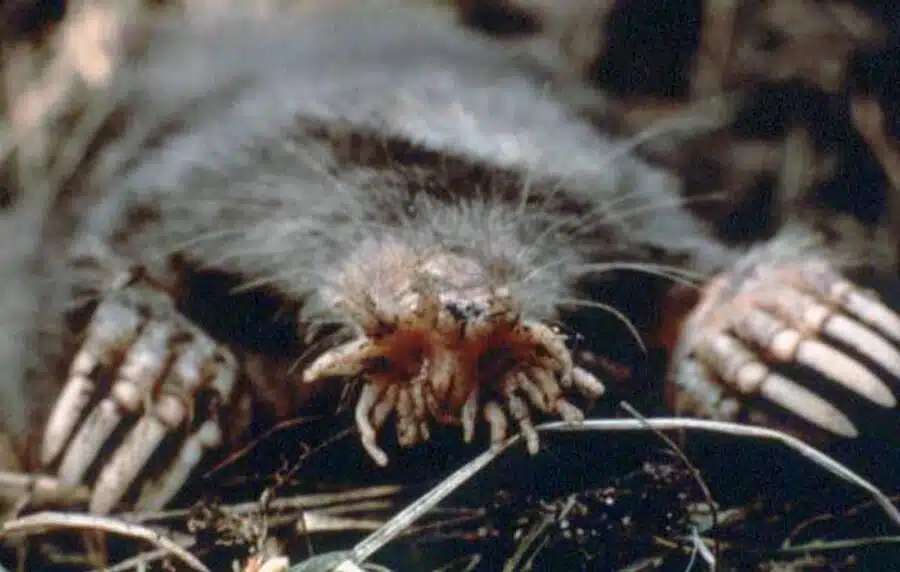Imagine the shock of discovering a furry creature paddling in a pond or a whiskered animal darting through the ocean’s depths, leaving you scratching your head: “Wait, is that really a mammal?” Aquatic mammals come in all shapes and sizes, and some look nothing like what you’d expect from a water-loving species. From beavers with their buck teeth to the mysterious platypus, nature has a wild sense of humor when it comes to designing its swimmers. Prepare to be amazed, delighted, and perhaps a little bewildered by these 13 aquatic mammals that simply don’t look the part.
13 Platypus

Few creatures are as odd as the platypus. With a duck-like bill, webbed feet, and a beaver-like tail, it’s no wonder early European naturalists thought it was a hoax. The platypus spends much of its life in freshwater rivers and streams in eastern Australia. It dives underwater to hunt insects and larvae, closing its eyes and using its sensitive bill to detect prey. Unlike most mammals, the platypus lays eggs and even produces venom from spurs on its hind legs. Its thick fur keeps it perfectly insulated, but most people are stunned to learn it’s a real mammal, let alone an aquatic one. The platypus is a perfect symbol of nature’s whimsy and mystery.
12 Amazon River Dolphin

The Amazon river dolphin, or “boto,” looks like a mystical creature from a fairytale with its long beak and pinkish hue. Unlike the streamlined shape of ocean dolphins, the boto appears to have a flexible, chunky body and a distinct forehead. It has adapted perfectly to life in the murky Amazon basin, using echolocation to navigate flooded forests. In local folklore, these dolphins are said to transform into handsome men at night, proving how enchanting and otherworldly they seem. Their unique appearance makes it hard to believe they are close cousins to the dolphins we know from the open sea. Their playful nature and intelligence only add to their charm.
11 Sea Otter

At first glance, the fluffy, playful sea otter looks more suited to a forest than the chilly waters of the Pacific. But sea otters are true aquatic mammals, spending nearly their entire lives afloat. They have the densest fur in the animal kingdom—so thick that water can’t touch their skin. Watching a sea otter crack open a clam on its belly is both adorable and fascinating. Unlike seals or dolphins, sea otters don’t have blubber for warmth; it’s their luxurious fur that keeps them cozy. They even sleep holding hands to avoid drifting apart, making them as heartwarming as they are surprising.
10 Water Opossum

The water opossum, also known as the yapok, is the world’s only aquatic marsupial. With its rounded face, whiskers, and soft fur, it looks more like a plush toy than a river swimmer. Native to Central and South American waterways, this shy creature has webbed hind feet for paddling and a waterproof pouch for carrying its young. Unlike other opossums, the yapok prefers the water, hunting fish, insects, and crustaceans by night. Its gentle appearance hides its remarkable adaptations for aquatic life. Most people would never guess this cuddly marsupial is such a skilled swimmer.
9 European Beaver

Beavers are famous for building dams, yet many don’t realize these animals spend much of their lives in the water. With their buck teeth, flat tails, and stout bodies, beavers look more like woodland engineers than aquatic mammals. Yet, their webbed feet and oily fur make them phenomenal swimmers. Beavers can hold their breath for up to 15 minutes while working underwater. Their homes, called lodges, are built for comfort and security right in the middle of ponds and rivers. Despite their clumsy appearance on land, beavers are sleek and agile in their watery world.
8 American Mink

The American mink looks like a small, mischievous weasel with a glossy coat and sharp eyes. Don’t let its appearance fool you—this mammal is a natural-born swimmer. Mink are experts at diving and catching fish, frogs, and crayfish. Their partially webbed feet and waterproof fur let them glide through streams and lakes with ease. Unlike otters, minks have a more slender build, making them seem more suited to land, but they are happiest near water. These agile hunters are elusive, and spotting one in the wild feels like uncovering a secret.
7 Capybara

Capybaras are the world’s largest rodents, and at first sight, they resemble giant guinea pigs lounging on riverbanks. But don’t be fooled; these gentle giants are remarkable swimmers who love soaking in water to stay cool and avoid predators. Their webbed feet and dense, water-resistant fur help them move gracefully through lakes and marshes across South America. Capybaras often form large, sociable groups, sometimes sharing their watery retreats with birds and even crocodiles. Their laid-back, almost comical expressions hide their aquatic prowess.
6 Sea Cow (Dugong)

The dugong, sometimes called a “sea cow,” is a gentle giant with a rounded, blubbery body and a fluked tail. Unlike whales or dolphins, dugongs have a face more like a walrus, with bristly whiskers and no dorsal fin. These slow-moving grazers feed on seagrass meadows in warm coastal waters. Despite their size and aquatic lifestyle, dugongs are more closely related to elephants than to other marine mammals. Their peaceful nature and unusual appearance make them both mysterious and endearing to those lucky enough to spot them.
5 Common Water Shrew

The common water shrew is a tiny, energetic mammal that looks more like a mouse than a swimmer. Found across Europe and Asia, this small shrew has waterproof fur and stiff hairs on its feet to help it move quickly through streams and ponds. It hunts insects, worms, and small fish underwater, using its sensitive whiskers to detect prey. Its pointy snout and velvety coat hide its surprising aquatic abilities. The water shrew’s secretive habits and miniature size make it an overlooked but fascinating member of the aquatic mammal club.
4 Baikal Seal

The Baikal seal, or nerpa, is the only freshwater seal species in the world, living exclusively in Siberia’s Lake Baikal. Unlike their blubbery ocean cousins, Baikal seals are smaller and rounder, with soulful eyes and a silvery coat. They spend much of their time under ice, hunting fish in the world’s deepest lake. Their appearance is surprisingly unassuming, resembling a plush toy more than a fierce predator. The nerpa’s unique habitat and gentle looks make it a truly remarkable example of adaptation.
3 Desman

Desmans are odd-looking creatures with long, flexible snouts, webbed feet, and velvety fur. Found in rivers and lakes of Russia and the Iberian Peninsula, they dig underwater burrows and hunt insects, crustaceans, and small fish. Their appearance is part mole, part shrew, and part something entirely unexpected. Desmans use their sensitive noses to find food in the mud, often working at night to avoid predators. Their awkward, endearing look makes them easy to underestimate, but they are highly skilled aquatic mammals.
2 Marine Otter

The marine otter, or chungungo, is one of the smallest otter species, living along the rocky coasts of South America. Unlike sea otters, marine otters have sleeker bodies and shorter fur, making them look more like weasels than classic otters. They spend much of their time in the ocean, hunting fish, crabs, and shellfish among the waves. Their playful antics and surprising agility on slippery rocks make them captivating to watch. Despite their marine lifestyle, their appearance often deceives people into thinking they’re land-dwellers.
1 Star-Nosed Mole

The star-nosed mole is a true oddity, with a face that seems straight out of science fiction. Its most striking feature is the star-shaped set of pink tentacles on its nose, which it uses to feel for prey underwater. Although it spends time on land, this mole is an expert swimmer, using its large front paws to paddle through muddy streams and wetlands in North America. The star-nosed mole’s bizarre appearance masks its impressive speed and skill in aquatic environments. Its unique adaptations make it one of the most remarkable—and misunderstood—aquatic mammals of all.
Conclusion

Aquatic mammals come in astonishing forms, often defying our expectations of what a water-loving animal should look like. From the duck-billed platypus to the whiskered star-nosed mole, these 13 mammals prove that life near or in water doesn’t require a dolphin’s sleekness or a whale’s size. Instead, nature’s designs are as diverse and surprising as the mysteries of the deep itself. Who would have guessed that such a variety of shapes and faces could be found gliding, paddling, and diving beneath the surface?
- 10 American Rivers Where You Should Never Swim - August 23, 2025
- 13 Surprising Animals Thriving in Urban America - August 23, 2025
- 13 Common Birdwatching Mistakes and How to Fix Them - August 23, 2025

